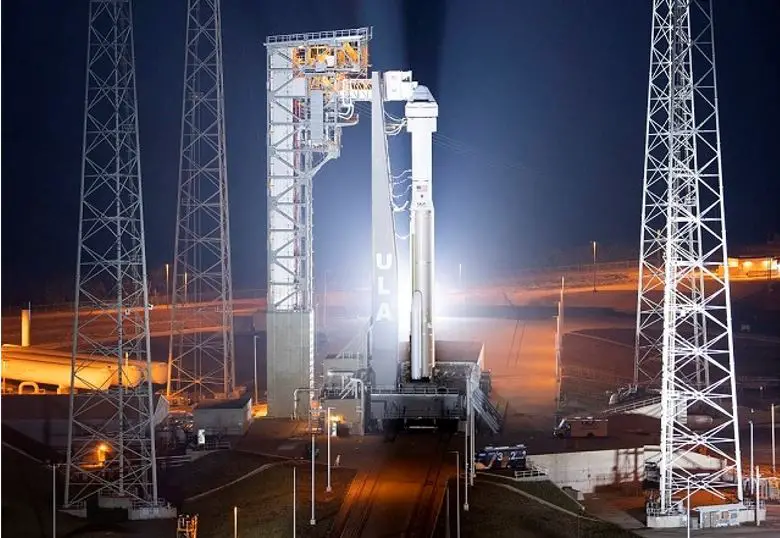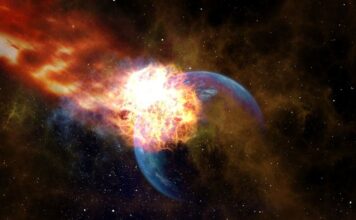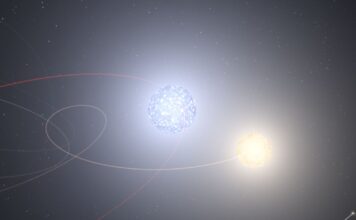One more spacecraft crew will be able to dock with the International Space Station. After two consecutive failures in the past two and a half years, the Boeing CST-100 Starliner spacecraft was finally resurrected.
It was successfully launched into orbit on a rocket on May 19th and is expected to join the International Space Station Harmony on the 20th.
Rocket launches in the 21st century are a mundane event, with rockets and spacecraft of all shapes and sizes, from traditional aerospace manufacturers to emerging private space companies. As the world’s largest aerospace manufacturer, NASA’s main defense contractor, and one of the duopoly of large civil aircraft manufacturers, Boeing has also stepped into the field of developing launch vehicles and spaceships. Boeing dominates business, and relatively young companies that rely on unconventional strategies like SpaceX should take a back seat.
However, the fact is that Boeing’s performance is not as bright as SpaceX’s. For example, the CST-100 Starliner spacecraft of its commercial manned space program, when it is still disturbed by various launch emergencies, SpaceX’s manned Dragon spacecraft has already Took 5 manned missions of astronauts to dock with the International Space Station.
Why Boeing fell back in the Space Race?
On December 20, 2019, Starliner (OFT-1 mission) launched its maiden voyage from Cape Canavera Space Force Station aboard the Atlas V rocket, but an error in the spacecraft timer caused too much propellant to burn. Eventually, it deviates from the original route and enters the wrong orbit and cannot reach the International Space Station, returning to Earth early.
Boeing then allocated $410 million in early 2020 to solve the above problems, and absorbed an additional $185 million to prepare for the second test flight scheduled for August 2021. However, this time it was found that the valve failed to open a few hours before the launch. Engineers checked The valve was found to be corroded and needed to be significantly modified, Boeing gave up on solving the problem on site, the spacecraft had to be sent all the way back to the Boeing factory, and the launch schedule was canceled again, prompting the company to consider redesigning the valve.
Only now has Boeing finally regained its rock-solid image.
At 6:54 pm EDT on May 19, 2022, Starliner (OFT-2 mission) successfully took off from Cape Canavera Space Force Base on the Optimus 5 carrier rocket (Atlas V), and the rocket launched 15 minutes after launch. Separated from the upper stage; 16 minutes after launch, the spacecraft started the 40-second ignition procedure and entered orbit, and is now heading to rendezvous with the International Space Station. It is expected to dock at the front end of the Harmony node module (Harmony) at 7:10 pm on May 20th, the crew will open the hatch of the Starliner spacecraft.
The flight, which also carried about 500 pounds (226 kilograms) of supplies for the crew of the space station, docked in 5 to 10 days and returned to Earth, landing at one of the following five locations: White Sands Missile Range in New Mexico, Edwards in California Utah Air Force Base, Wilcox Beach, Arizona, Dugway Proving Ground, Utah, etc.
The mission will prove whether Starliner is capable of sending humans into space someday, and will be part of NASA’s fleet of astronauts to and from Earth and the International Space Station.

Read more about this topic: Starliner Launches to Space Station on Uncrewed Flight Test for NASA
Image Credit & Source: NASA




